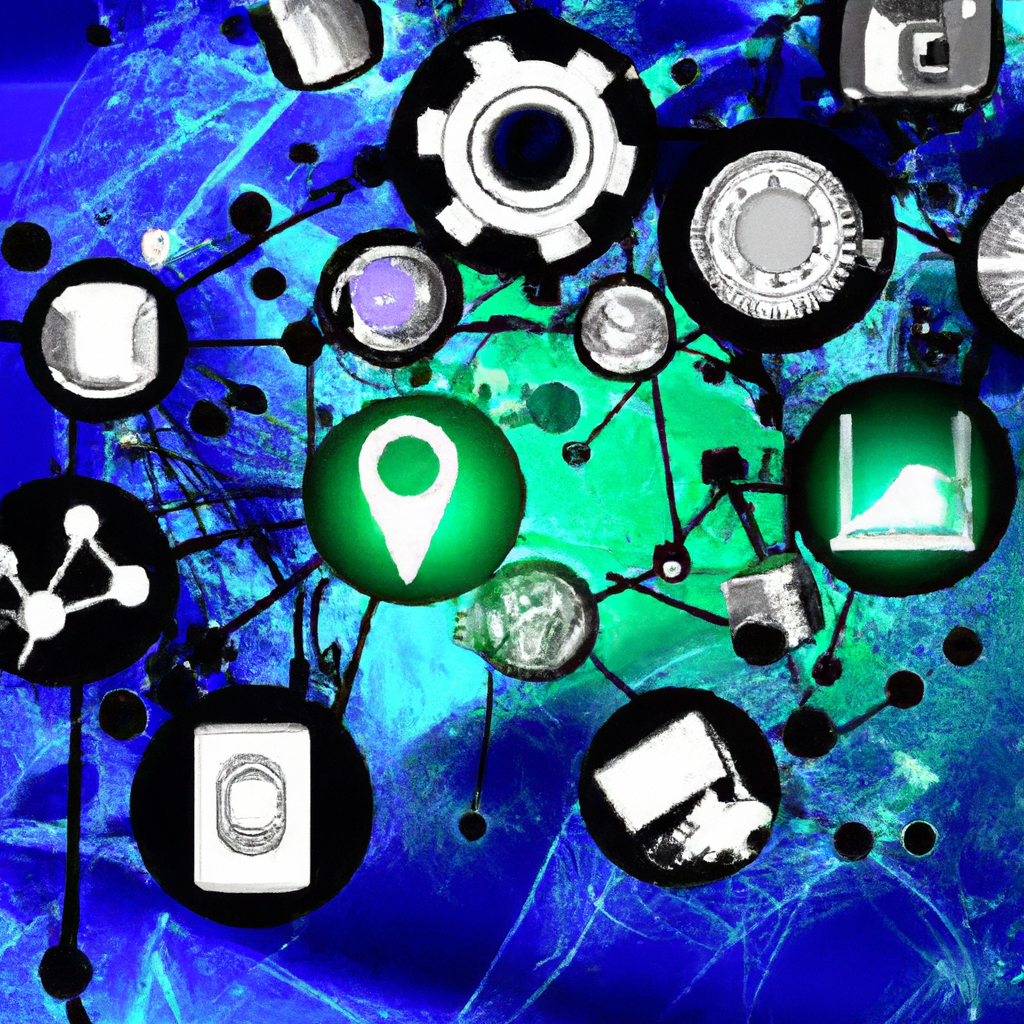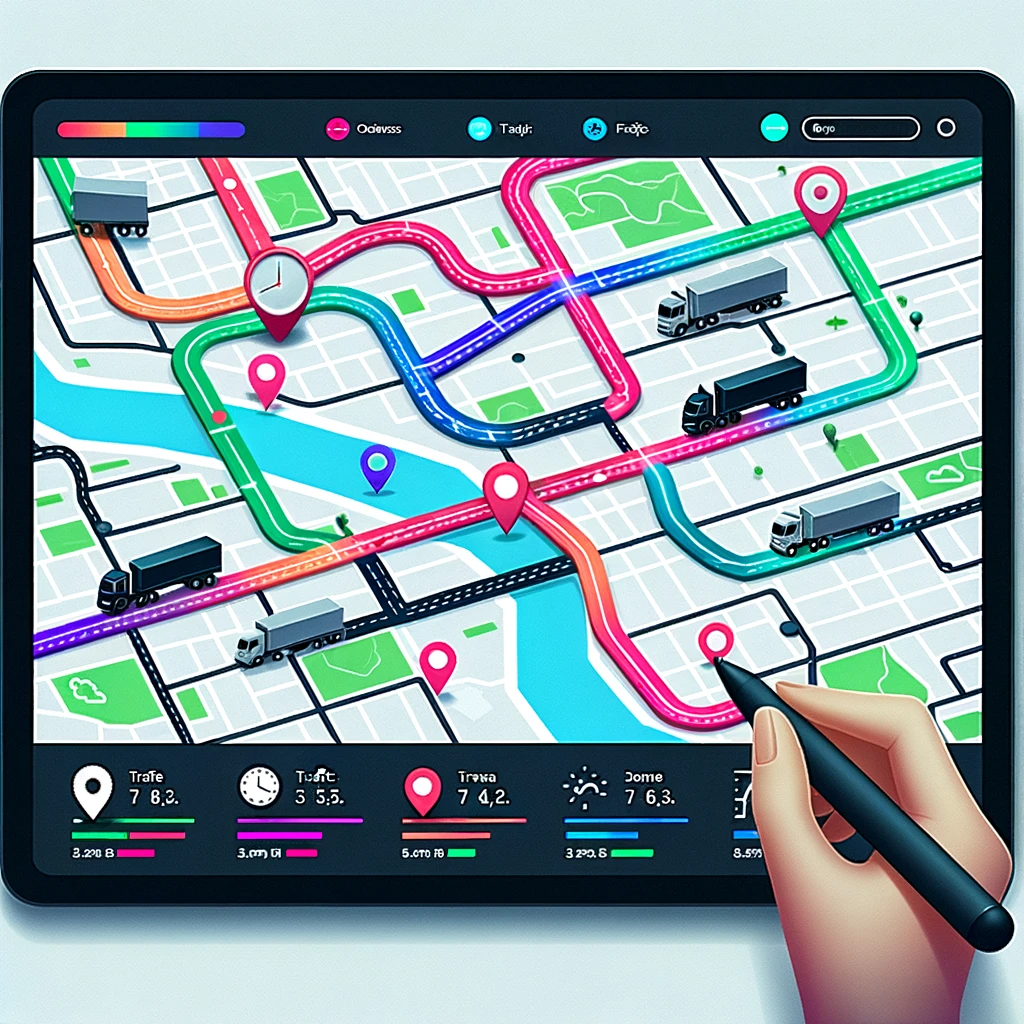In this article, we will explore the fascinating relationship between Artificial Intelligence (AI) and the Internet of Things (IoT). AI has revolutionized the way we interact with technology, while IoT has transformed the way devices connect and communicate with each other. Together, these two powerful forces are shaping our world and paving the way for a future filled with smart homes, autonomous vehicles, and intelligent cities. So, join us as we uncover the intriguing ways in which AI and IoT intertwine, creating endless possibilities for innovation and convenience in every aspect of our lives.
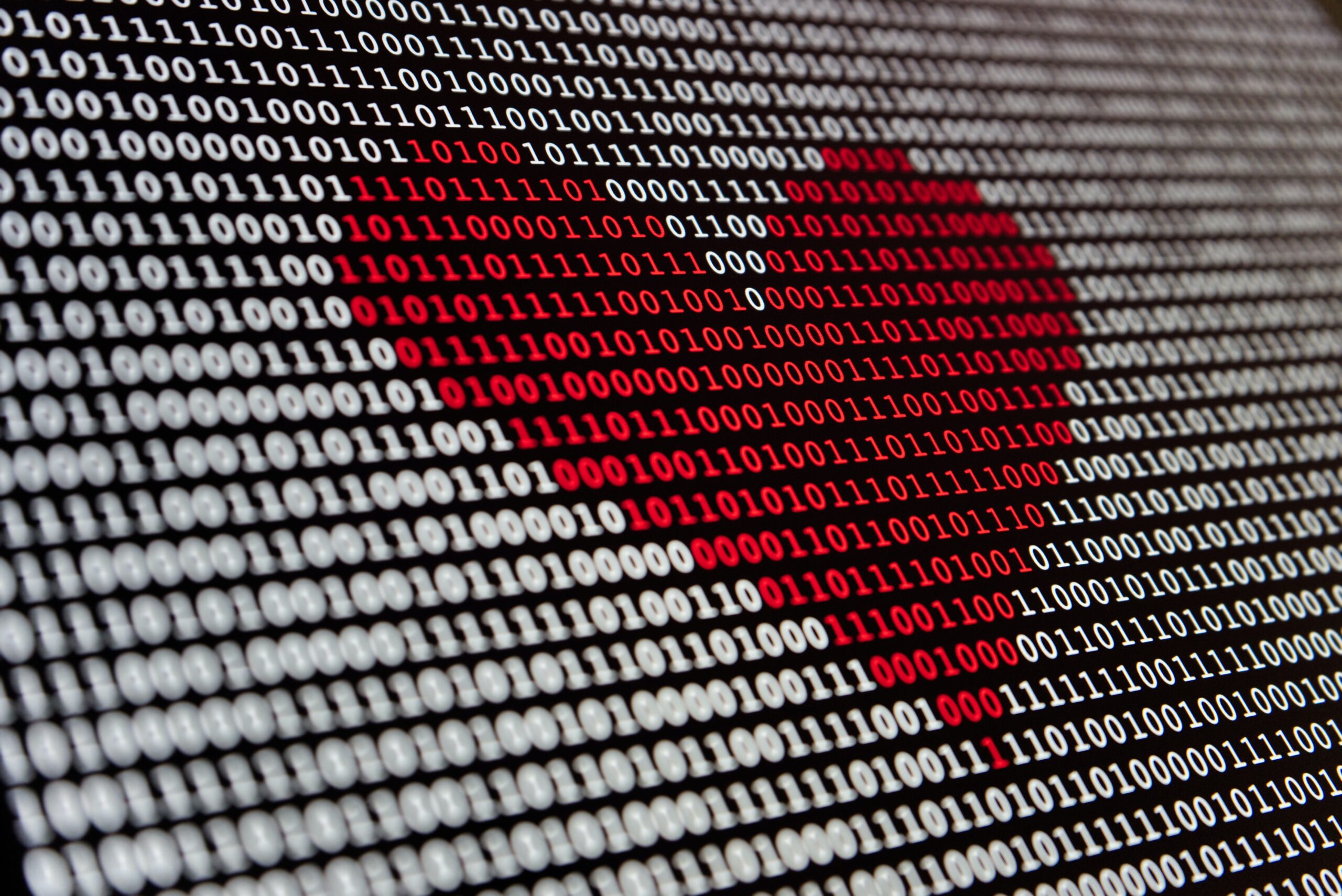
Understanding AI and IoT
Definition of AI
Artificial Intelligence (AI) refers to the simulation of human intelligence in machines that are programmed to think and learn like humans. It involves the development of computer systems that have the ability to perform tasks that typically require human intelligence, such as speech recognition, problem-solving, and decision-making.
Definition of IoT
The Internet of Things (IoT) is a concept that describes the network of physical devices, vehicles, appliances, and other objects embedded with sensors, software, and network connectivity. These devices collect and exchange data over the internet, enabling them to interact with each other and perform tasks without human intervention.
The commonalities between AI and IoT
Both AI and IoT share a common goal of utilizing technology to improve efficiency, automation, and decision-making processes. They rely on the collection and analysis of data to drive insights and outcomes. AI and IoT also complement each other, as AI provides the intelligence and decision-making capabilities to make sense of the vast amount of data generated by IoT devices.
The Role of AI in IoT
Data analysis
AI plays a crucial role in analyzing the massive amounts of data generated by IoT devices. By leveraging machine learning algorithms, AI can identify patterns, detect anomalies, and derive valuable insights from the data. This analysis helps businesses make data-driven decisions and enhance operational efficiency.
Predictive maintenance
One of the key applications of AI in IoT is predictive maintenance. By analyzing data from IoT sensors and devices, AI can detect potential equipment failures and predict maintenance requirements before they occur. This proactive approach helps to reduce downtime, optimize maintenance schedules, and ultimately save costs.
Automation
AI enables automation in IoT systems, allowing devices to perform tasks and make decisions autonomously. Through AI algorithms, IoT devices can learn from past data, adapt to changing conditions, and automatically adjust their behavior. This automation streamlines processes, improves productivity, and enhances user experiences.
AI in IoT devices
AI is increasingly being embedded directly into IoT devices, enabling them to perform sophisticated tasks without relying on cloud-based AI systems. This integration of AI into IoT devices provides real-time intelligence and decision-making capabilities at the edge, improving response times and reducing the need for constant connectivity.
The Integration of AI and IoT
IoT generating data for AI
IoT devices generate vast amounts of data from various sources, such as sensors, cameras, and user interactions. This data serves as a valuable resource for AI systems, providing the input needed to train and improve their models. By leveraging the data from IoT devices, AI can extract meaningful insights and deliver more accurate predictions.
AI improving IoT functionality
AI technologies, such as machine learning and natural language processing, enhance the functionality of IoT systems. Through AI, IoT devices can understand and respond to human commands, learn from user behavior, and personalize experiences. This integration of AI improves the usability and effectiveness of IoT technologies.
Examples of AI and IoT integration
The integration of AI and IoT is evident in various industries. In healthcare, AI-powered IoT devices can monitor and analyze patient data in real-time, enabling early detection of health abnormalities and personalized treatment plans. In manufacturing, AI-driven IoT systems optimize production processes, predict machine failures, and enable predictive maintenance. In retail, AI-powered IoT solutions enhance customer experiences through personalized recommendations and efficient inventory management. In agriculture, AI and IoT collaborate to optimize irrigation, monitor crop health, and improve yield.
AI and IoT in Different Industries
AI and IoT in Healthcare
AI and IoT technologies are revolutionizing healthcare by enabling remote patient monitoring, early disease detection, and personalized treatment plans. IoT devices, such as wearables and remote sensors, collect real-time patient data, while AI algorithms analyze this data to identify health trends and provide timely insights to healthcare professionals. This integration of AI and IoT enhances patient care, reduces hospitalizations, and improves overall health outcomes.
AI and IoT in Manufacturing
In the manufacturing industry, AI and IoT work together to create smart factories and optimize production processes. IoT devices capture data from equipment, machines, and production lines, while AI algorithms analyze this data to identify inefficiencies, predict equipment failures, and optimize resource allocation. AI-driven IoT in manufacturing improves productivity, reduces downtime, and enables more efficient and flexible production.
AI and IoT in Retail
AI and IoT are transforming the retail industry by enabling personalized customer experiences and streamlining operations. Through IoT devices, retailers can collect data on customer behavior, preferences, and buying patterns. AI algorithms then analyze this data to provide personalized product recommendations, pricing strategies, and inventory management solutions. This integration of AI and IoT enhances customer satisfaction, increases sales, and improves operational efficiency.
AI and IoT in Agriculture
In the agricultural sector, AI and IoT technologies help optimize farming practices, improve crop yield, and reduce resource wastage. IoT devices such as soil moisture sensors, weather stations, and drones provide real-time data on soil quality, weather conditions, and crop health. AI algorithms analyze this data to guide farmers in making data-driven decisions, such as optimal planting times, precise irrigation, and targeted pest control. The integration of AI and IoT in agriculture increases efficiency, minimizes environmental impact, and ensures sustainable farming practices.
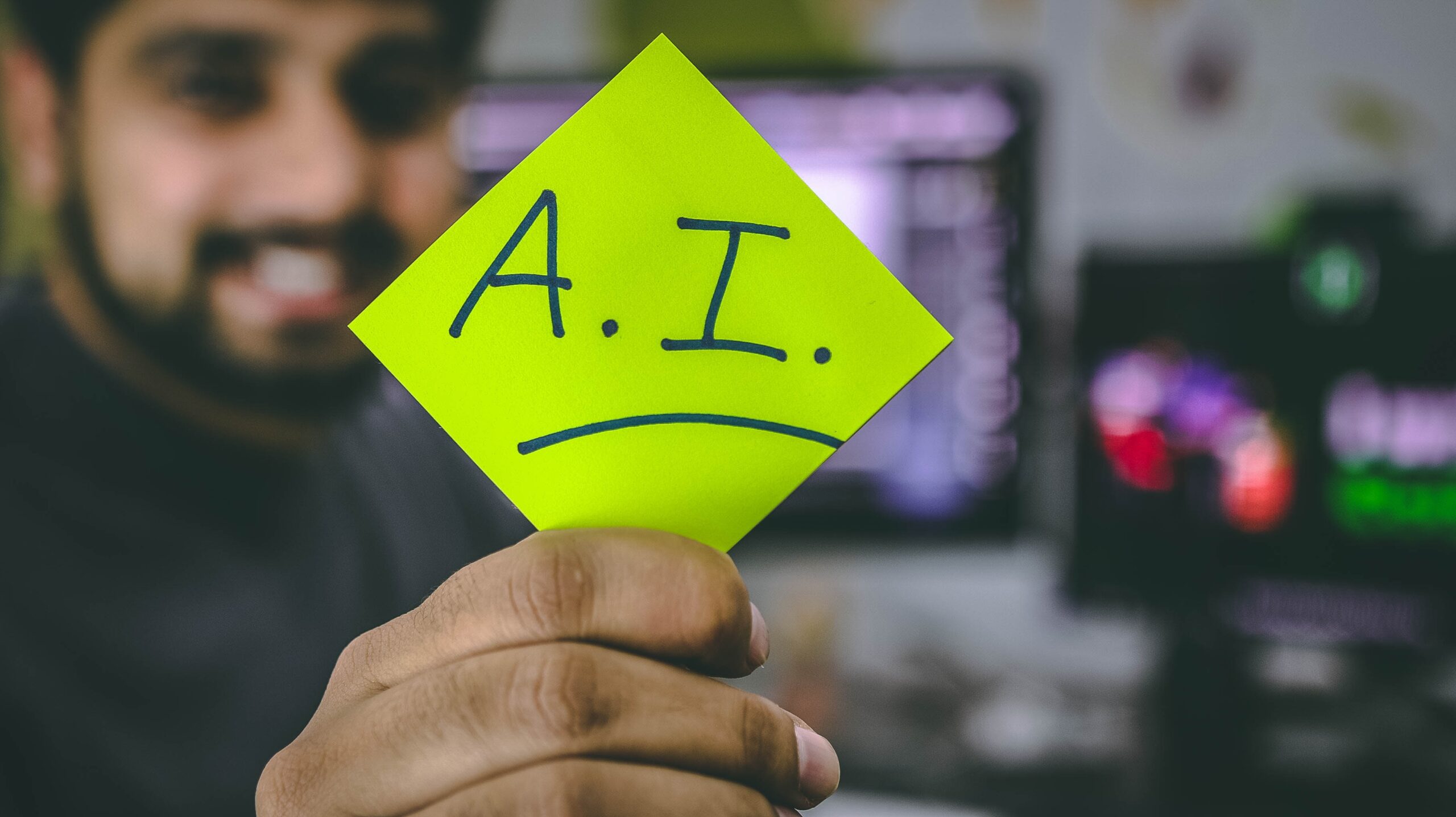
Challenges in AI and IoT Integration
Privacy concerns
The integration of AI and IoT raises concerns about privacy, as IoT devices collect vast amounts of personal data. It is crucial to implement robust privacy frameworks and secure data handling practices to ensure that individuals’ privacy rights are protected. Transparency in data collection and use, along with user consent mechanisms, are essential to address privacy concerns.
Data security
With the increasing number of IoT devices and the exchange of sensitive data, ensuring data security becomes paramount. This includes secure device authentication, encrypted communication channels, and robust data protection measures. AI systems also need to be protected from potential attacks and vulnerabilities to ensure the integrity of the insights and decisions they provide.
Interoperability issues
The integration of AI and IoT devices from various manufacturers may pose interoperability challenges. Different devices and platforms may have different communication protocols and data formats, making it difficult to exchange and analyze data seamlessly. Standardization efforts and open architectures are essential to ensure interoperability and enable the scalability of AI and IoT solutions.
AI Bias in IoT devices
AI algorithms are only as good as the data they are trained on. If the data used to train AI systems is biased or lacks diversity, it can lead to biased outcomes and decisions in IoT devices. To address this challenge, it is crucial to ensure that AI models are trained on diverse and representative datasets, and that bias detection and mitigation techniques are implemented in IoT systems.
The Effect of AI and IoT on the Job Market
Creation of new jobs
The integration of AI and IoT technologies creates new job opportunities by requiring skilled professionals in areas such as data analysis, AI model development, and IoT device management. The demand for experts who can bridge the gap between AI and IoT is expected to rise, resulting in the creation of new, specialized job roles.
Loss of traditional jobs
While AI and IoT create new job opportunities, they also have the potential to automate certain tasks traditionally performed by humans. This could lead to the displacement of some jobs, particularly those that involve repetitive or manual tasks. However, it is important to note that AI and IoT can also augment human capabilities and lead to the transformation of existing job roles.
Need for continuous learning
The integration of AI and IoT drives the need for continuous learning and upskilling. As technology evolves rapidly, individuals must acquire new skills and knowledge to adapt to the changing job market. Lifelong learning and continuous professional development become essential to stay relevant in an AI-driven and IoT-connected world.
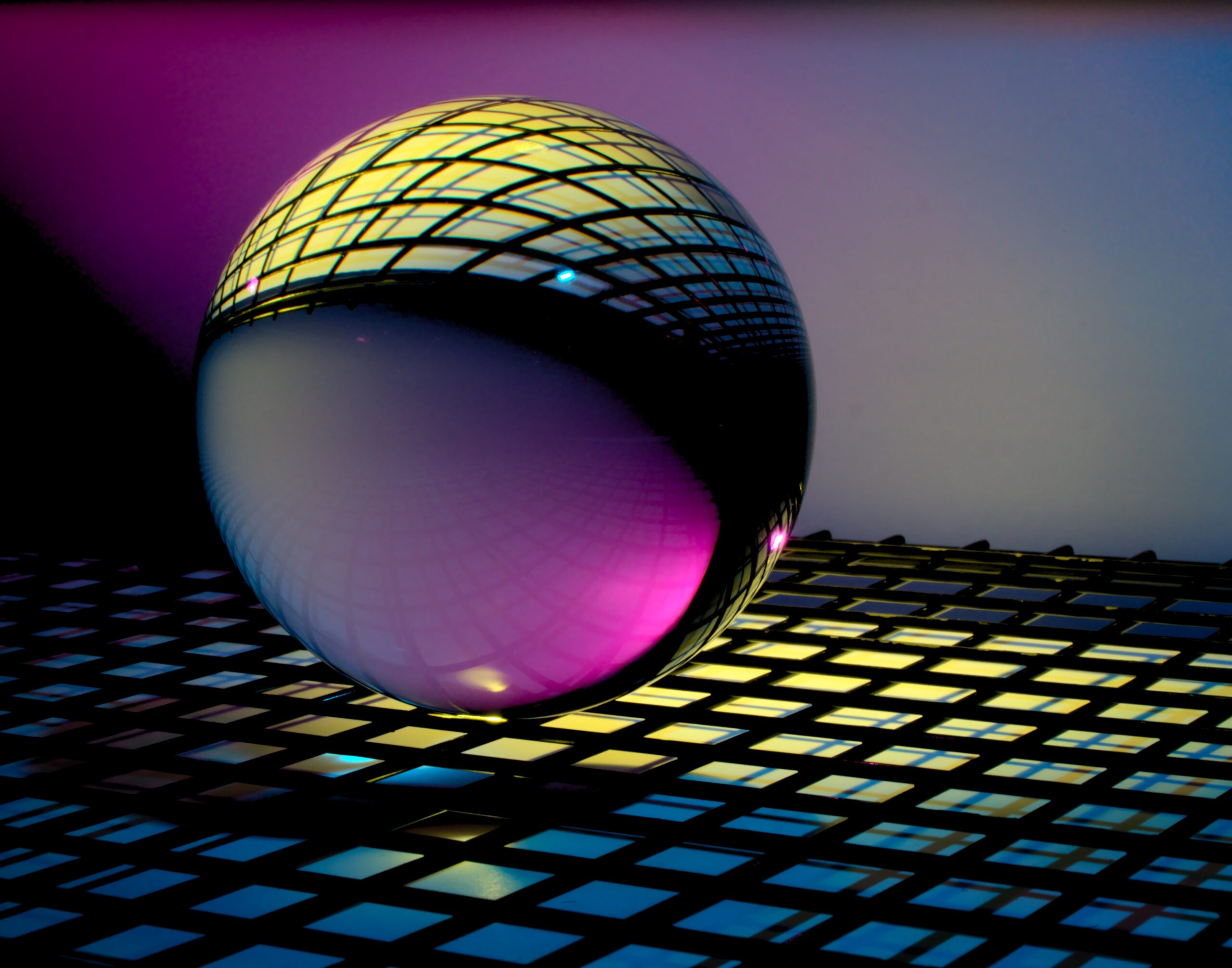
The Future of AI and IoT
Brain-computer interfaces
The future of AI and IoT holds the potential for brain-computer interfaces (BCIs). BCIs allow direct communication between the human brain and external devices, including IoT devices. This technology has the potential to transform the way we interact with IoT systems, enabling seamless control and interaction through our thoughts.
Development of smarter homes
AI-driven IoT is expected to transform homes into smart environments, where everyday objects are connected and intelligent. Smart homes will be equipped with IoT devices that can learn from user behavior, adapt to preferences, and automate tasks to enhance comfort, security, and energy efficiency.
Growth in autonomous vehicles
AI and IoT integration will drive the growth of autonomous vehicles, including self-driving cars and drones. IoT sensors will collect data on road conditions, traffic patterns, and vehicle performance, while AI algorithms will process this data to enable safe and efficient autonomous transportation. This integration has the potential to revolutionize transportation, improve road safety, and reduce congestion.
AI-driven IoT in smart cities
The future of AI and IoT extends to smart cities, where interconnected IoT devices and AI systems enable efficient resource management, improved urban planning, and enhanced quality of life. AI-driven IoT can optimize energy usage, manage traffic flow, monitor air quality, and provide real-time insights for city administrators, leading to sustainable and livable cities.
AI-driven IoT Security Solutions
Threat identification
AI-driven IoT security solutions can identify and detect potential threats and vulnerabilities in IoT devices and networks. AI algorithms can analyze network traffic, device behavior, and patterns to identify anomalous activities that could indicate security breaches or attacks.
Response to threats
In the event of detected threats, AI-driven IoT security solutions can generate automated responses to mitigate risks and prevent further damage. These responses can include isolating compromised devices, blocking malicious traffic, or triggering immediate security measures to safeguard the IoT ecosystem.
Predictive security measures
AI can predict potential security risks and vulnerabilities in IoT systems by analyzing vast amounts of data and identifying patterns that indicate potential attacks. This predictive capability allows proactive security measures to be put in place, preventing potential breaches before they occur.
Policy and governance in AI-driven IoT security
As AI-driven IoT security becomes more prevalent, robust policies and governance frameworks are necessary to ensure responsible and ethical use of these technologies. Regulations and standards should be put in place to address issues such as data privacy, accountability, and transparency in AI-driven IoT security practices.
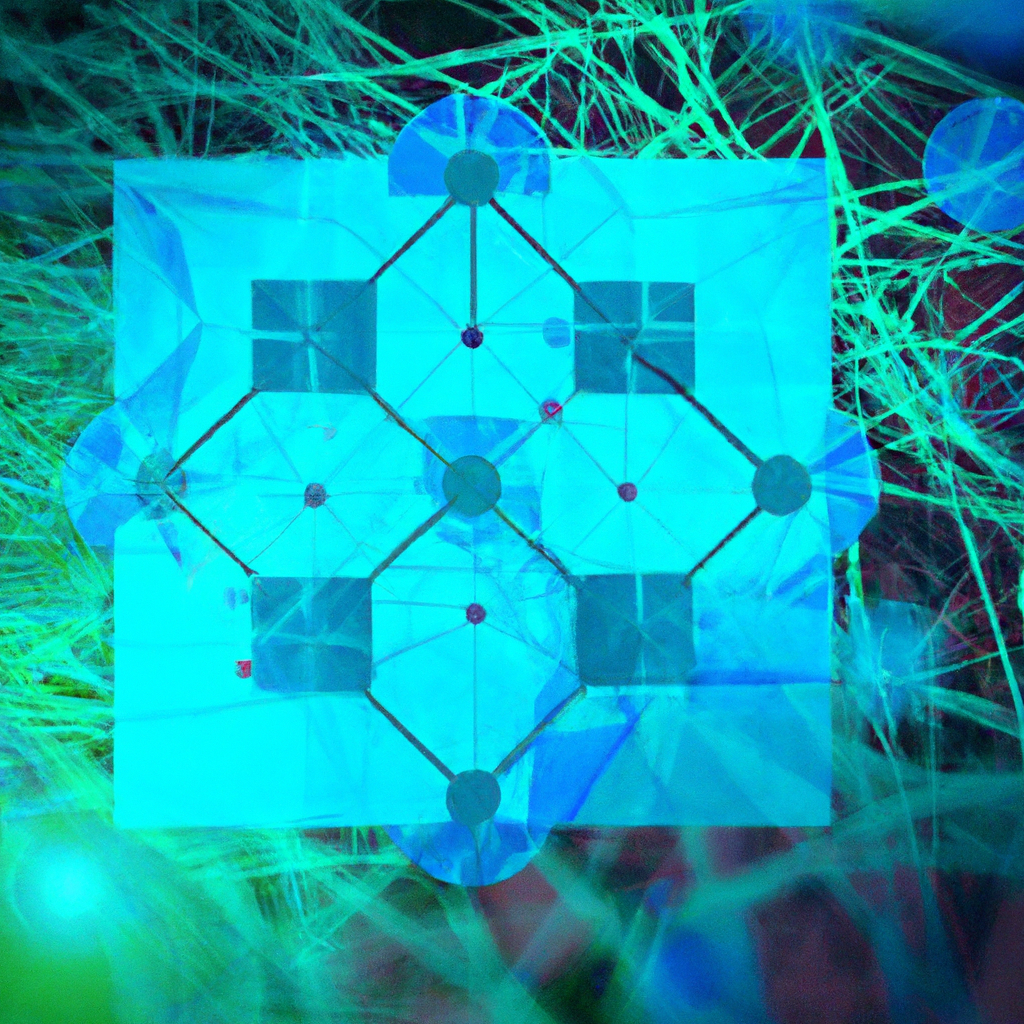
AI and IoT in the Era of Big Data
Role of big data in AI and IoT
The integration of AI and IoT is closely tied to the era of big data. IoT devices generate a vast amount of data, and AI algorithms thrive on large datasets to deliver accurate insights and predictions. The availability of big data enables AI systems to learn and improve their performance, making them more effective in analyzing and interpreting IoT-generated data.
Managing big data
With the influx of data from IoT devices, managing big data becomes a critical challenge. AI plays a significant role in processing, organizing, and extracting value from massive datasets. AI algorithms can efficiently handle data analytics, data cleaning, and data storage, enabling businesses to leverage the full potential of IoT-generated big data.
Privacy and security in the era of big data
The era of big data raises concerns about privacy and security. As IoT devices continuously generate data, there is a need to ensure that personal information is protected, and data breaches are prevented. AI-driven privacy and security solutions are crucial for safeguarding sensitive data, implementing data encryption, and deploying robust access control mechanisms, ensuring that privacy and security are prioritized in the era of big data.
The Impact of AI and IoT on Sustainability
AI and IoT in Energy Efficiency
AI and IoT technologies are instrumental in achieving energy efficiency and sustainability goals. IoT devices equipped with smart sensors can monitor energy usage, optimize energy consumption based on demand, and identify opportunities for energy savings. AI algorithms analyze the collected data to provide insights and recommendations for energy-efficient practices.
Role of AI and IoT in sustainable urban development
AI and IoT play a significant role in promoting sustainable urban development. IoT devices, such as smart grids and sensors, enable efficient resource management, waste reduction, and traffic optimization. AI algorithms analyze the data collected by these devices to support urban planning, design smarter transportation systems, and improve the overall sustainability of cities.
Challenges in achieving sustainability with AI and IoT
While AI and IoT offer immense potential for sustainability, there are challenges that need to be addressed. These include ensuring the ethical use of AI and IoT technologies, managing the environmental impact of increased IoT device production and disposal, and addressing potential privacy and security concerns. Collaborative efforts between governments, industries, and society are crucial to overcome these challenges and achieve sustainable development with AI and IoT.
In conclusion, the integration of AI and IoT has the potential to revolutionize various industries, enhance efficiency, and improve decision-making processes. AI adds intelligence, analysis, and automation to IoT systems, enabling the generation of valuable insights and predictions. However, this integration comes with challenges, such as privacy and security concerns, interoperability issues, and potential job displacements. Nevertheless, the future of AI and IoT holds promising advancements, including brain-computer interfaces, smarter homes, autonomous vehicles, and AI-driven IoT in smart cities. With careful consideration of ethical implications and sustainable practices, AI and IoT can pave the way for a more connected, efficient, and sustainable future.
